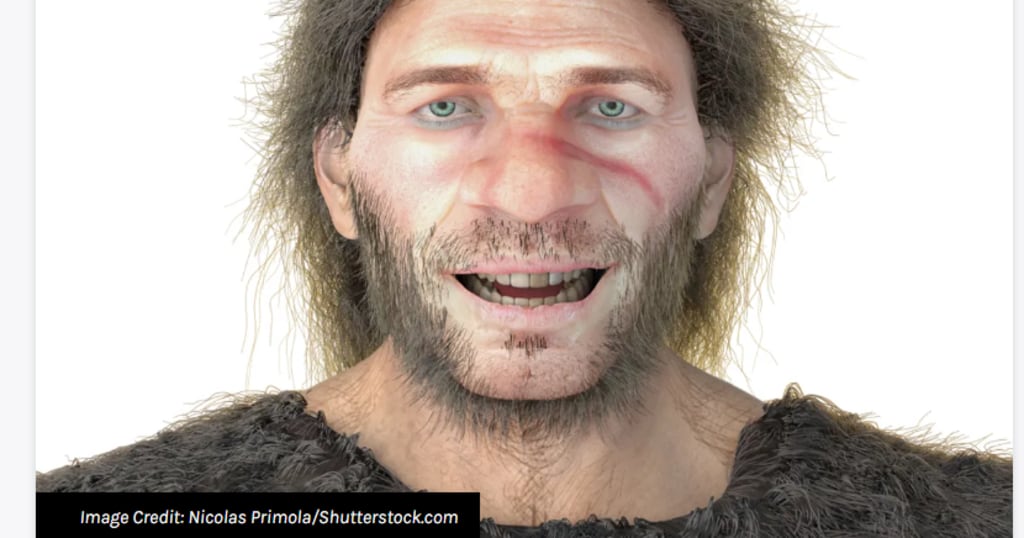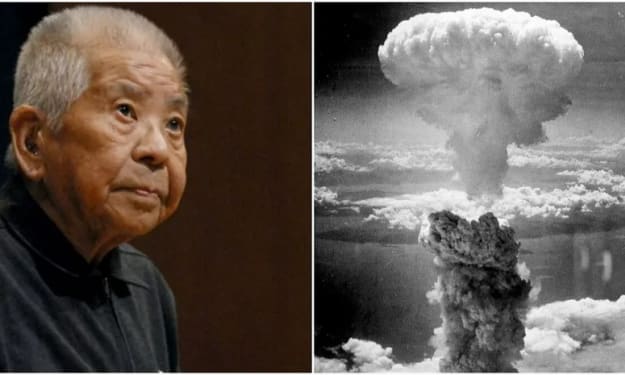Our ancestors, the Homo sapiens, coexisted with Neanderthals, Denisovans, and other human groups whose genetic heritage is preserved in our genomes.
The history of humanity has new turns and twists.

Between 200,000 and 300,000 years ago, in East Africa, the first modern humans emerged. The world was very different from what it is today. The fact that we, or Homo sapiens, were only one of several species of humans, or hominins, that coexisted on Earth at the same time may have been the greatest distinction.
There were many different kinds of hominins, ranging from the well-known Neanderthals and the more mysterious Denisovans in Eurasia to the tiny "hobbit" Homo floresiensis on the Indonesian island of Flores to Homo naledi in South Africa.
Then, between 30,000 and 40,000 years ago, all of these hominin species vanished, leaving us to live alone for the first time.
Whether or not our ancestors interacted and mated with these other types of humans before they went extinct was, until recently, one of the great mysteries of human history. Because the necessary data to address this intriguing question was simply lacking, scientists engaged in lengthy and frequently heated debates about it for many years. To many, it appeared as though the data would never exist.
But Svante Pääbo was not very interested in what others believed to be possible or not. His tenacity in creating instruments to extract, sequence, and decipher prehistoric DNA allowed for the sequencing of the genomes of early modern humans, Denisovans, and Neanderthals, all of whom lived more than 45,000 years ago.
The 2022 Nobel Prize in Physiology or Medicine went to Pääbo for creating the new field of paleogenomics. This honor is well-deserved, acknowledging not only Pääbo's accomplishments but also evolutionary genomics and the insights it can provide into a more thorough understanding of human health and illness.
DNA reveals mating and mixing
The broad strokes of human history have been uncovered by genetic studies conducted on living individuals over the past few decades. Our species originated in Africa and eventually spread to almost every habitable region on Earth after leaving the continent some 60,000 years ago. As modern humans spread throughout the globe, different kinds of humans coexisted, but there was scant indication in the genetic data that modern humans interbred with other hominins.
But in the last ten years, research on ancient DNA found in fossils dating back up to 400,000 years has uncovered shocking new details about the evolution of humankind.
For instance, the data required to demonstrate beyond a doubt that humans and Neanderthals interbred were obtained from the Neanderthal genome. Due to this type of interbreeding, non-African living people today have roughly 2% of their genomes from Neanderthal ancestors.
One of the biggest surprises was discovering an entirely new species of human, known as Denisovans when Pääbo and his colleagues sequenced ancient DNA from a small finger bone fragment that was thought to be Neanderthal. In addition, Denisovans and humans interbred; today, those with Oceanic ancestry have the highest percentages of Denisovan ancestry, ranging from 4% to 6%.
Remarkably, the ancient DNA of a 90,000-year-old female identified her father as Denisovan and her mother as Neanderthal. Analyses of ancient and modern DNA provide evidence that multiple hominins not only overlapped in time and space but also that matings were relatively common, though there are still many unanswered questions.
The ancient genes you possess now
It's interesting to speculate as to how much modern people descended from Neanderthals or Denisovans. However, little is known about the effects of these ancient matings on ancestry proportions.
Does DNA from Denisovans and Neanderthals, for example, affect biological processes that take place in our cells? Does this DNA affect characteristics such as eye color or disease susceptibility? Did humans ever benefit from the DNA sequences of our evolutionary cousins to help them adapt to new environments?
We must identify the fragments of Neanderthal and Denisovan DNA strewn throughout the genomes of contemporary people to provide answers to these questions.
Both David Reich's group and mine independently released the first maps of Neanderthal sequences that are still present in modern human DNA in 2014. Presently, approximately 40% of the Neanderthal genome has been reconstructed indirectly through the assembly of Neanderthal sequences that continue to exist in the genomes of living people, rather than directly through the sequencing of ancient DNA found in a fossil.
Similar to this, in 2016 my group and David Reich's group published the first thorough catalogs of DNA sequences inherited from Denisovan ancestors in modern individuals. Remarkably, upon examining the Denisovan sequences that are still present in modern humans, we found that they originate from two different Denisovan populations. Consequently, at least two distinct waves of Denisovan-modern human matings took place.
Some of the Neanderthal and Denisovan DNA sequences were harmful and quickly eliminated from human genomes, according to analysis of Neanderthal and Denisovan DNA in modern humans. About 10% of early humans descended from Neanderthals were thought to have lived some 45,000 years ago. In a few short generations, that amount fell off quickly to the 2% seen in modern people.
Significantly fewer Neanderthal and Denisovan ancestry can be found in large regions of the human genome that were created when harmful archaic sequences were removed. Although there is disagreement regarding how unique these deserts of ancient hominin sequences are, they may be useful in identifying genetic alterations that contribute to characteristics that are exclusive to modern humans, such as our ability to communicate through language, symbolic thought, and culture.
On the other hand, some sequences that modern humans inherited from Neanderthals and Denisovans were advantageous and helped them adapt to new environments as they left Africa. In several non-African populations, Neanderthal versions of multiple immune-related genes have become highly prevalent, which most likely assisted humans in avoiding contact with novel pathogens. Similarly, Denisovans passed on a version of the EPAS1 gene that helps Tibetan populations adapt to high altitudes.
Additionally, it is becoming evident that the burden of disease in modern humans is partly attributed to DNA sequences inherited from Neanderthal and Denisovan ancestors. It has been demonstrated that Neanderthal sequences affect both protection against severe COVID-19 and susceptibility to it. It has also been demonstrated that certain archaic hominid sequences affect depression susceptibility.
Among them are celiac disease and type 2 diabetes. There's no doubt that more research will come to light regarding the role that Neanderthal and Denisovan ancestry play in human disease.
A little more than twenty years ago, as the Human Genome Project was drawing to a close, I was a graduate student. I was drawn to genetics because I thought it was amazing that you could discover details about a population's past that happened tens of thousands of years ago by studying the DNA of living people.
The stories found in our DNA still captivate me today, and Svante Pääbo and his colleagues' efforts have made it possible to tell these stories in a way that was previously unthinkable.






Comments
There are no comments for this story
Be the first to respond and start the conversation.